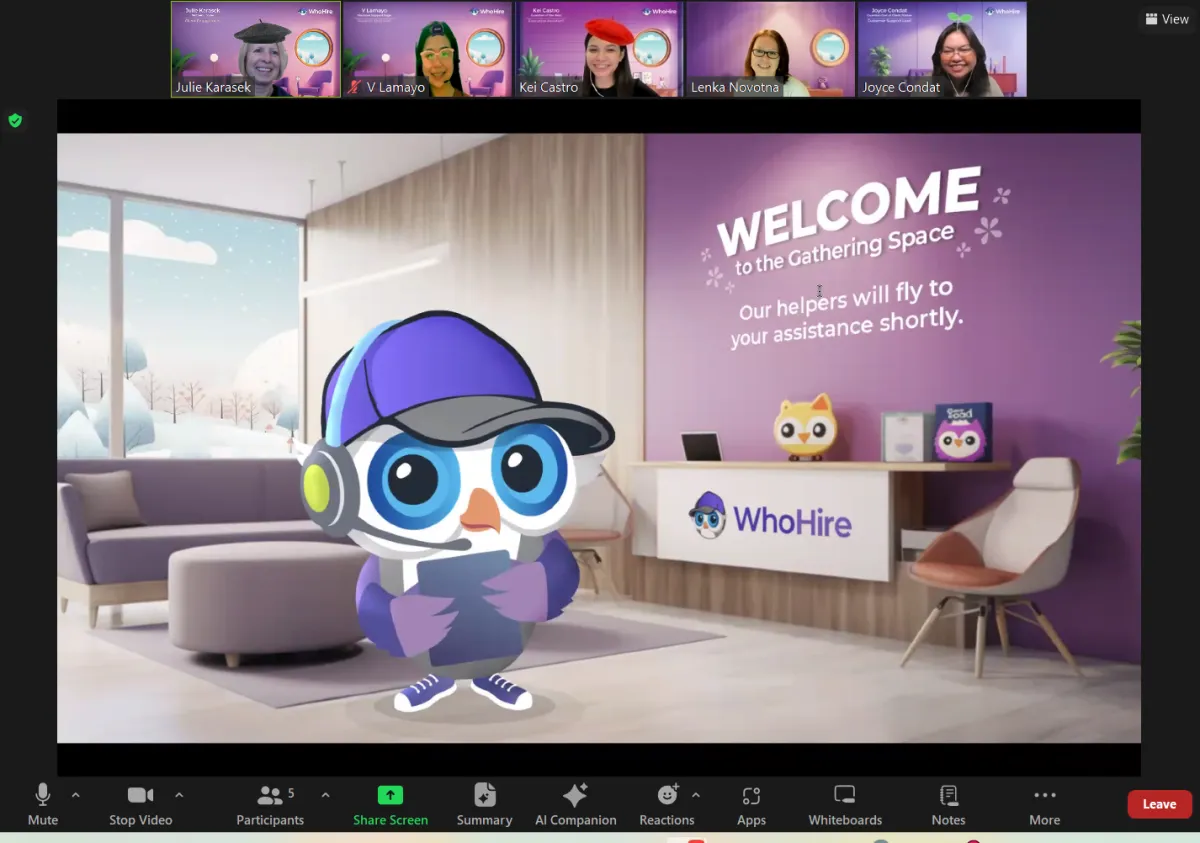
5 Effective Tips to Reduce Employee Turnover
How to Calculate Employee Turnover Rate
Calculating employee turnover rate is simple. First, divide the number of departures by your overall number of employees. Then, you’ll multiply the result by 100 to get your employee turnover rate percentage.
For example, to find the employee turnover rate for an organization with 75 sales reps and loses 24 in a year, you’ll divide the 24 departures by the total number of sales reps.
(24) / (75) = .32
Then, multiply the result by 100.
(.32 ) x (100) = 32% turnover rate.
Losing nearly a third of their salesforce may seem high, but this example is actually conservative for real-world sales turnover rates.
Harmful Effects of a High Employee Turnover Rate on Your Business
The effects of high employee turnover separate into three categories: hard costs, soft costs, and opportunity costs.
Let’s break down these three categories for a deeper understanding of how poor employee retention may be harming your business:
Hard Costs
Hard costs are expenses companies incur due to employee turnover that directly impacts cash flow. Examples include:
Temporary Worker Expenses
Outsourcing Costs
Advertising and Recruiting Fees
Background Check and Drug Test Expenses
Soft Costs
Soft costs cover the expenses incurred due to internal resources you must divert to recruitment, hiring, and onboarding efforts.
Opportunity Costs
Opportunity cost refers to potential revenue loss as a direct result of employee turnover.
Examples include missed or delayed project deadlines, loss of revenue due to customer churn as an organization seeks a replacement, and the loss of projected revenue contributions from the departing employees’ sales quotas.
With the average quota for high-tech sales totaling more than $2 million, opportunity costs can quickly reach dizzying heights if positions remain unfilled.
How to Reduce Employee Turnover and Turn Things Around- Five Strategies to Implement in 2022
1. Make Strategic and Data-Driven Hiring Decisions
Modern business tools like PerceptionPredict’s Performance Fingerprints are revolutionizing how organizations recruit, onboard, and retain employees.
Performance Fingerprints are unique candidate profiles created using cutting-edge predictive analysis that enables organizations to hire candidates with personal and professional traits and qualities associated with high performance, exceptional productivity, and long-term tenures.
2. Fire Team Members that Cause Friction
A company is only as strong as its weakest link. Employees that display undesirable professional attitudes and habits and have frequent interpersonal issues with members of their team drag down the rest of your workforce.
Even worse, they can drive away positive employees that significantly contribute to the success of your organization.
Letting someone go is never easy. But it’s the best intervention to prevent a downward spiral that can permanently damage your company culture, drive top-performers to seek employment elsewhere.
3. Keep an Eye on Employee Engagement
Employee engagement is critical to boosting retention rates. And while a wide variety of factors influences engagement, research has found the relationship employees have with their immediate manager accounts for 70% of employee engagement variance.
This means training your managerial staff to recognize and re-engage discouraged, burnt out, or disengaged employees can significantly reduce employee turnover rates.
4. Invest in Your Onboarding Process
A strong onboarding process can transform your employee turnover rate overnight.
Organizations with engaging and strategic onboarding processes can improve employee retention by 82%. If that isn’t enough to convince you of onboarding’s importance, the same study found companies with top-tier onboarding processes also increased average productivity by a quota-busting 70%.
Optimizing your onboarding process also increases buy-in to company culture, leading to greater team cohesion, motivation, and innovation.
5. Gather Employee Feedback and Take Action
Train your managers and organizational leadership to elicit regular, honest feedback from your workforce. For the best results, employees should feel comfortable providing feedback about every aspect of operations and culture without fear of reprisal from their superiors.
Allowing employees to leave workplace feedback anonymously is a great strategy for encouraging honesty. This can be as easy as putting a suggestion box in the office.
However, organizations should remember that providing an outlet for frustrations but failing to take action after receiving feedback can backfire, making employees feel the organization doesn’t value their opinions. Conversely, companies that enact changes based on employee feedback can boost morale, engagement, and loyalty while reducing employee turnover.
Reduce Employee Turnover Rate with PerceptionPredict
PerceptionPredict has helped countless businesses tackle costly turnover issues within their organization.
Our unique recruitment and hiring tool utilizes predictive analytics to predict sales performance from your sales agents. We provide organizations with data-driven assessments of potential hires that cover everything from projected performance to their expected length of tenure.
To learn more about how PerceptionPredict can modernize and optimize your hiring process for long-term talent acquisitions, book a demo today.
Need Some Help?
Join us at our place
We are available instantly from 9AM-6PM EST Monday-Friday in our digital company headquarters. Stop by and speak directly with real, smiling, helpful humans. We are working hard to help you build and optimize the people part of your business. Stop by and say "hello", and say "goodbye" to hiring frustrations.

